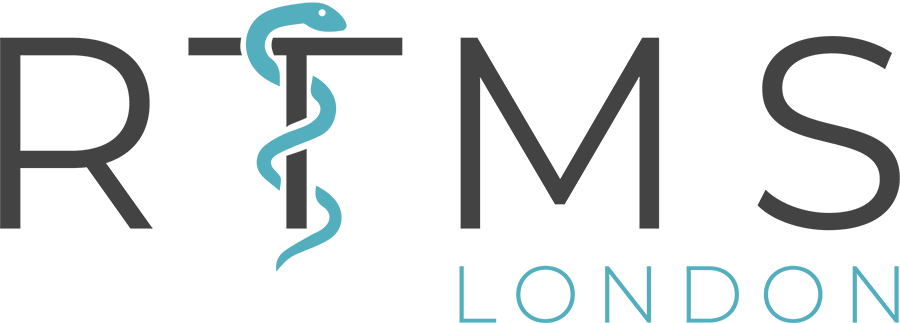
Understanding the Link Between POTS and Hypermobility

Postural Orthostatic Tachycardia Syndrome (POTS) is a complex and often misunderstood condition that affects the autonomic nervous system. While it may sound daunting, gaining a basic understanding of POTS and its connection to hypermobility can be pivotal in navigating the challenges associated with these conditions. In this article, we’ll explore what POTS is, delve into the world of hypermobility, and uncover the intriguing link between the two.
Postural Orthostatic Tachycardia Syndrome (POTS)
POTS is a disorder of the autonomic nervous system that primarily manifests when a person stands up. The hallmark symptom is an abnormally rapid heart rate that occurs upon assuming an upright position. This increase in heart rate can be accompanied by a range of debilitating symptoms, including dizziness, light-headedness, and sometimes fainting. POTS is often challenging to diagnose, as its symptoms can overlap with various other conditions.
Understanding Hypermobility
Hypermobility is a condition characterized by an unusually large range of motion in the joints. While flexibility is generally seen as a positive trait, excessive joint flexibility can lead to joint instability and various health issues. Individuals with hypermobility often find themselves more prone to injuries and joint-related problems.
The Connection between POTS and Hypermobility
Recent research has unveiled a fascinating connection between POTS and hypermobility, particularly in individuals with a condition known as Ehlers-Danlos syndrome (EDS). EDS is a group of connective tissue disorders, and one of its subtypes, hypermobile EDS, is associated with joint hypermobility. Many individuals with hypermobile EDS also experience symptoms of POTS.

The underlying link between POTS and hypermobility is believed to lie in both the autonomic nervous system and the cardiovascular system. The autonomic nervous system regulates involuntary bodily functions, including heart rate and blood pressure, by controlling changes in the heart (changing the rate at which it beats), as well as the blood vessels (making them contract or relax to adjust the pressure in the system). In individuals with hypermobility, the connective tissue that supports the blood vessels is extra stretchy, leading to dysregulation of these functions. This dysregulation, in turn, contributes to the development of POTS symptoms.
Managing POTS and Hypermobility
For individuals dealing with both POTS and hypermobility, a comprehensive approach to management is crucial. Lifestyle modifications, such as increased fluid and salt intake, along with regular exercise tailored to individual capabilities, can help alleviate symptoms. Physical therapy focused on joint stability and strengthening is often recommended for those with hypermobility.
Additionally, healthcare providers may explore medications that target symptoms like tachycardia and blood pressure fluctuations. It’s essential for individuals to work closely with their healthcare team to develop a personalized treatment plan that addresses their unique needs and challenges.
Conclusion
In unravelling the intricate connection between POTS and hypermobility, we gain valuable insights into the complexities of these conditions. As awareness grows, so does the potential for improved diagnosis and management strategies. For those navigating the challenges of POTS and hypermobility, understanding the link between the two can be empowering, paving the way for a more informed and proactive approach to healthcare.
Posted on 23rd January 2024
